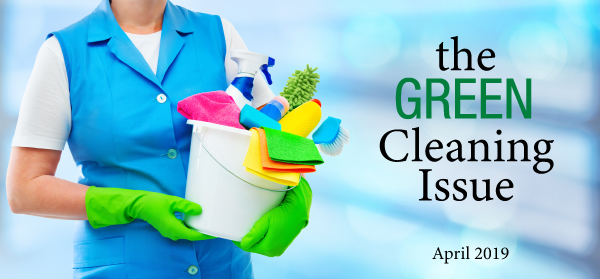Is the product with the nontoxic claim on the label all it’s cracked up to be? Or is it simply a case of greenwashing?
It can be pretty tough to figure out which household products to purchase – name brands, store brands, extra strength this or gentle touch that. But in just the last couple of years, store shelves have been filled with a whole new line of “green” products, making the buying decision even tougher.
With their natural-colored labels, their promises of “environmentally friendly” and the tug at consumers’ inner tree hugger, these products started flying off the shelves. Nutrition Business Journal research shows manufacturers of natural and eco-friendly household cleaners had sales of $737 million last year (a jump of 35 percent).
 In 2007, Clorox launched its Green Works brand, which has become a top seller. Seventh Generation is another popular manufacturer of green household products that has been promoting eco-friendly products for two decades. In 2008, according toNutrition Business Journal, sales of the company’s products were up 50 percent over 2007.
In 2007, Clorox launched its Green Works brand, which has become a top seller. Seventh Generation is another popular manufacturer of green household products that has been promoting eco-friendly products for two decades. In 2008, according toNutrition Business Journal, sales of the company’s products were up 50 percent over 2007.But is the product with the nontoxic claim on the label all it’s cracked up to be? Or is it simply a case of greenwashing (no, it has nothing to do with laundry detergent)? The term “greenwashing” is simply a case of companies misleading consumers, making them think their products are environmentally friendly, when some research tells a different story.
According to this article from TIME magazine, TerraChoice, an environmental marketing firm, visited big-box retailers to see if some of the products lived up to their green advertising claims. Of the 1,018 products surveyed, all but one failed to meet its own green standards. “Words like nontoxic were used in meaninglessly vague ways. Terms like Energy Star certified were in fact not backed up by certification.” Ouch.
Aside from conducting extensive surveys – which I’m guessing you don’t have time to do – how do consumers keep from being taken in by greenwashing?
- Do a little homework. Read the labels, check resources like Consumer Reports or even conduct a quick online search for any red flags.
- Check out the Greenwashing Index for information on how to spot greenwashing and to see how ads rate on the greenwashing index.
- Look at the company’s own Web site – how much information is easily accessible? Are ingredients and product facts out in the open or is the site vague and filled with jargon that sounds nice but has no real substance.
Share your ideas on green products and the concept of greenwashing by posting a comment on our blog. We’d love to hear your thoughts.






